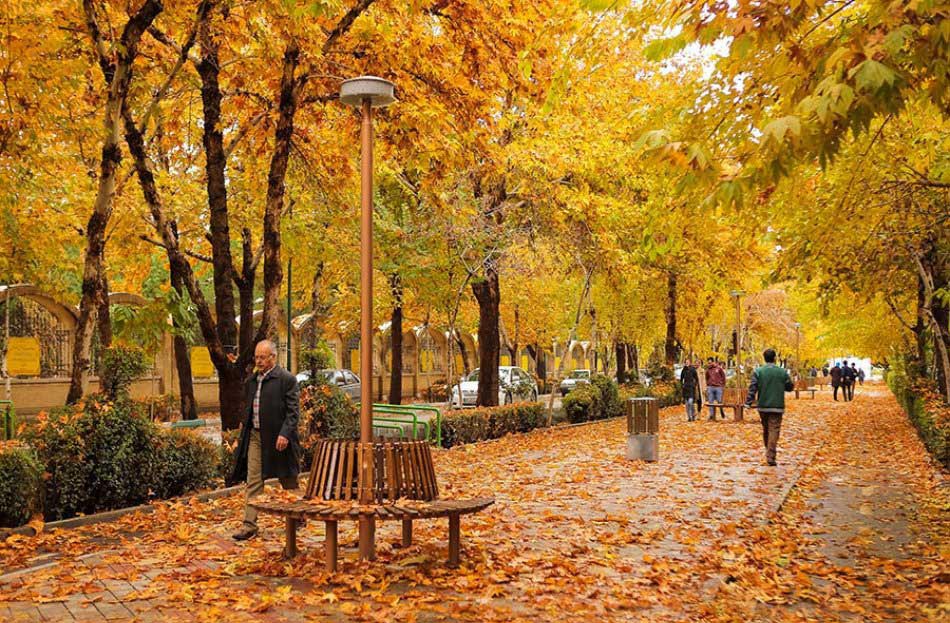
Chahar Bagh Avenue
Mohammad2020-03-31T09:05:18+00:00Chahar Bagh Avenue
The world’s first boulevard, Chahar Bagh Avenue was one of the earliest creations of Shah Abbas I in Esfahan. It was started as soon as Esfahan was chosen the capital city and was finally completed in 1598.
It started at the magnificent palace of the Jahan Nama, which occupied the site of the city’s present municipality until 1890, and stretched as far as the foot of the Soffeh Mountain. The splendid Allahverdi Khan Bridge connected the street at the point where it was interrupted by the Zayandeh-Rud. The name of the street (Persian: “Four Gardens”) is derived from the four vineyards that originally bordered on the on the street. Also, four rows of all plane trees were planted along both of the avenue’s sides.
During the reign of Shah Abbas I and his Safavid successors, Chahar Bagh Avenue (particularly at its lower section) was a promenade for the royal family and court. It was enclosed by wooden fretted walls of medium height, broken at even intervals by gates.
Most of the gates were topped with pavilions and led to shady orchards that stretched along the street. At the center of the avenue was a canal, and water dropped in little cascades from its wide tires. Now and again, this water was collected in large basins, some of which also had fountains. In summer months, these tanks were often filled with the cut heads of roses, which floated on the the water filling the air with their fragrance.
On both sides of the canal, wide sidewalks for pedestrians and horsemen were laid out, and flowerbeds enhanced the beauty of the street. As attested to by all the visitors to Safavid Esfahan, in its heyday Chahar Bagh was one of the world’s most magnificent streets.
During the Safavid period, Chahar Bagh Avenue was reserved on Wednesdays for woman. They strolled, picnicked, and went shopping here unveiled, while eunuchs prevented men from entering the street. All the shopkeepers and servants on those days were also women.
After the Safavid rule, another Chahar Bagh Street was laid out by the Qajar governors, while the trees of the original Chahar Bagh were cut down. Some of these trees were sold for wood.
Although they were soon replanted, the street never regained its original splendor. Today, it is an ordinary street, defaced by low building that are characteristic of the modern shopping streets in Iranian towns. However, one set of building from the Safavid period has survived here. They are grouped round the Chahar Bagh Madreseh.
Chahar Bagh Avenue is 5km (3 mile) long and 47 m (154 ft) wide. It is divided into three sections:
1) Upper Chahar Bagh, from Azadi Square (formerly the Shiraz Gate) to the Allahverdi Khan Bridge
2) Chahar Bagh-e Abbasi, from the Allahverdi Khan Bridge to Imam Hossein Square (formerly the Dowlat Gate)
3) and Lower Chahar Bagh, from Imam Hossein Square to Shohada Square
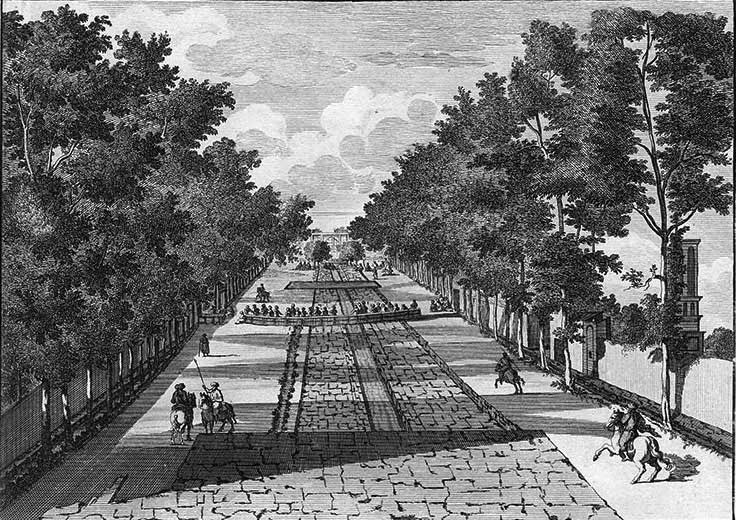

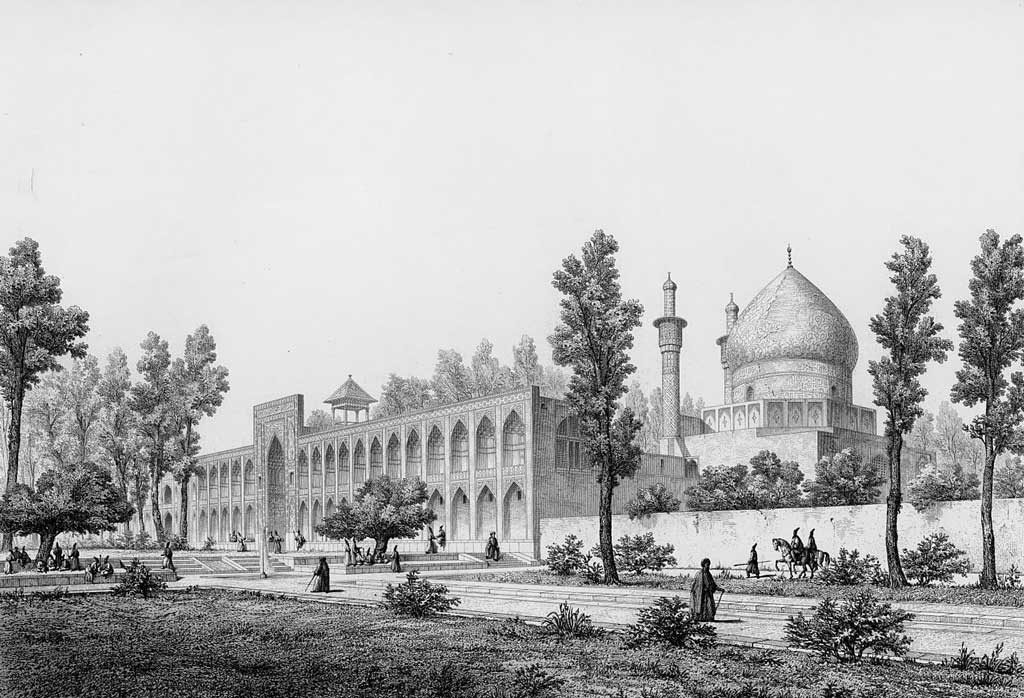
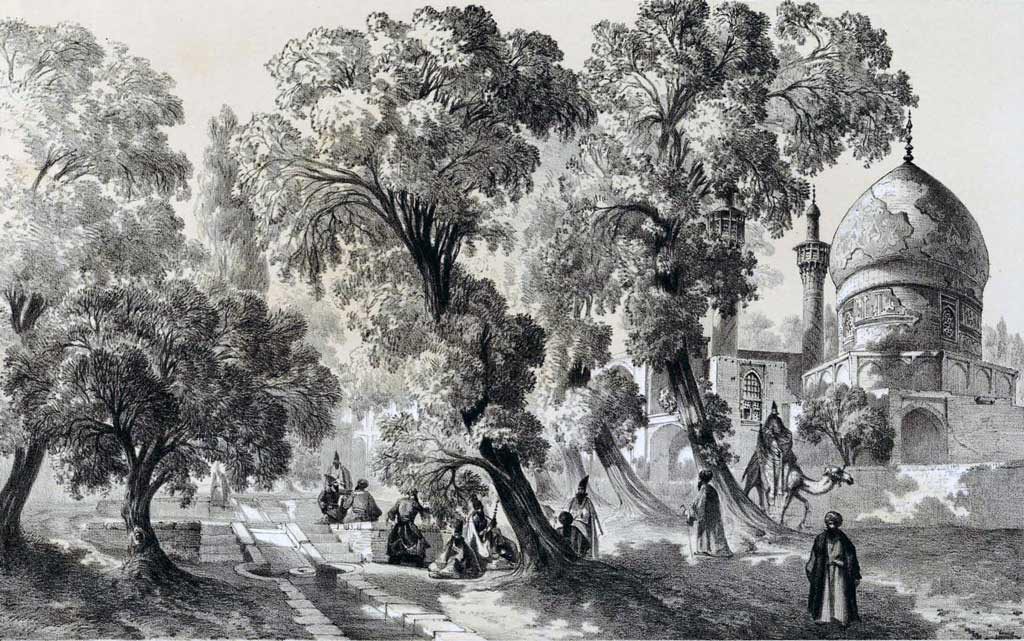
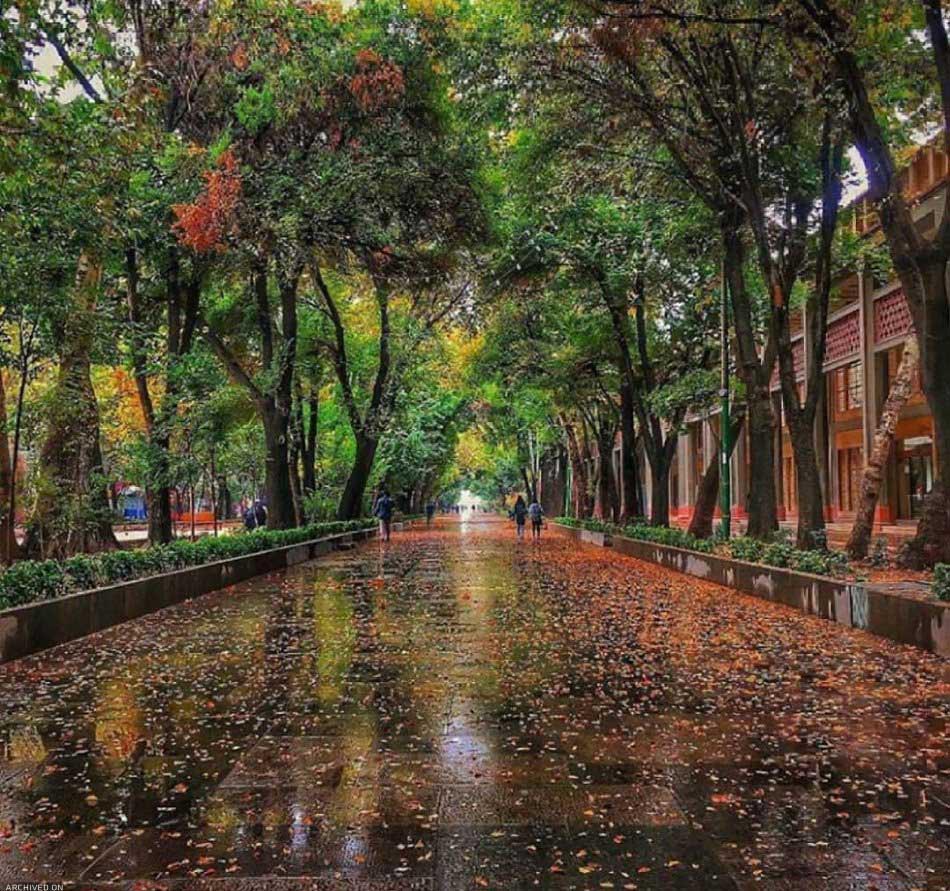
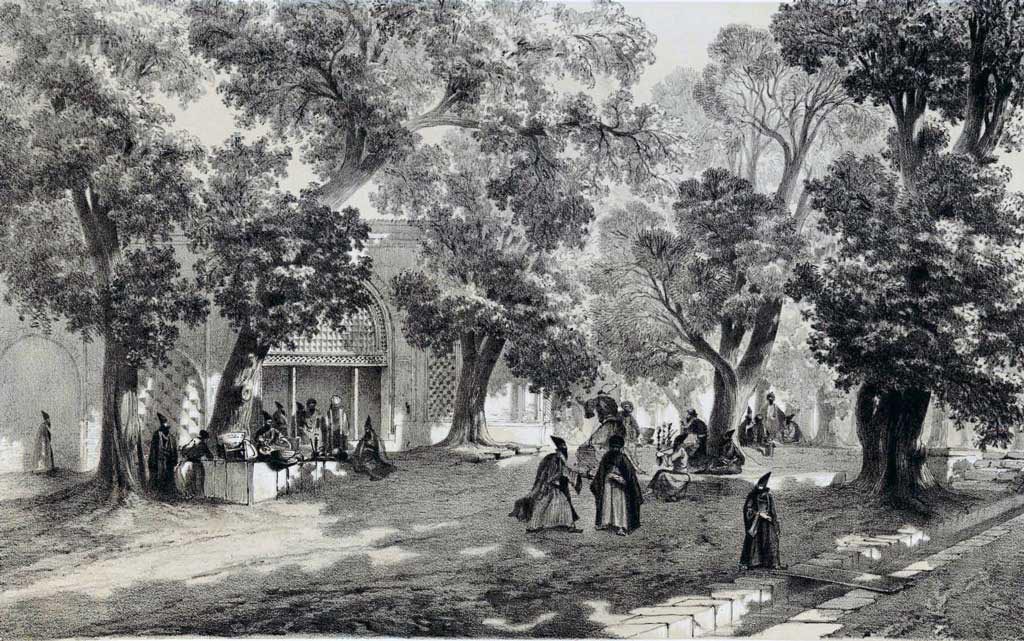


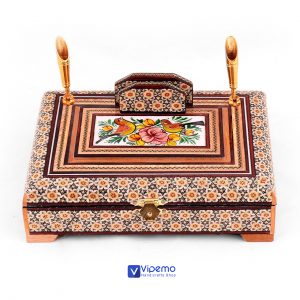
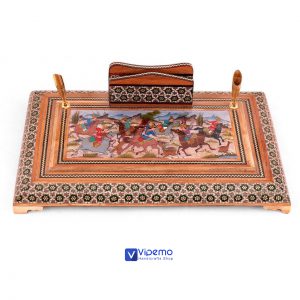
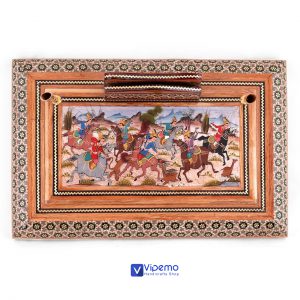
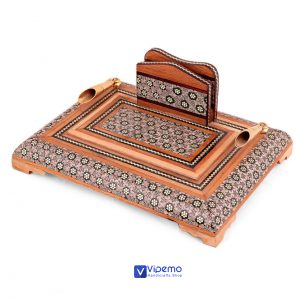
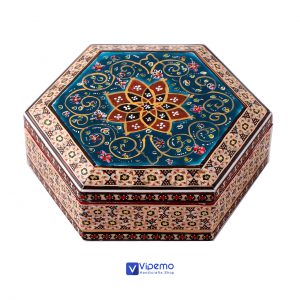
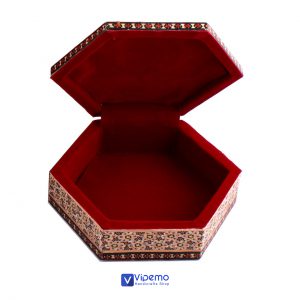
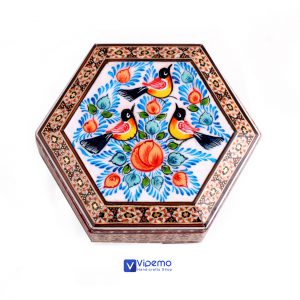
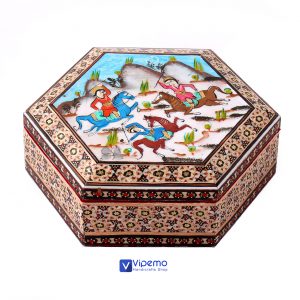
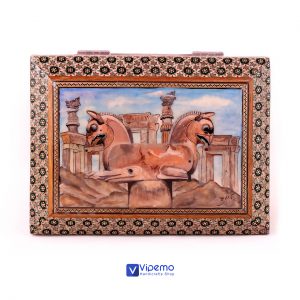
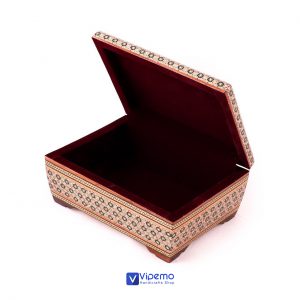
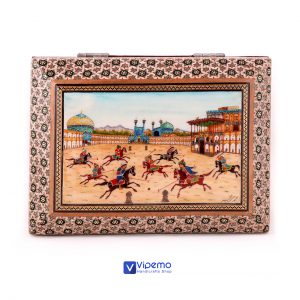
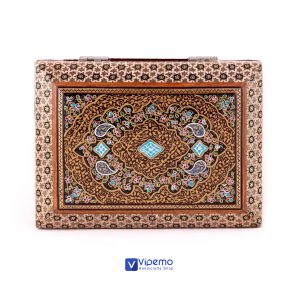
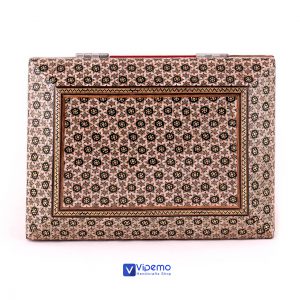
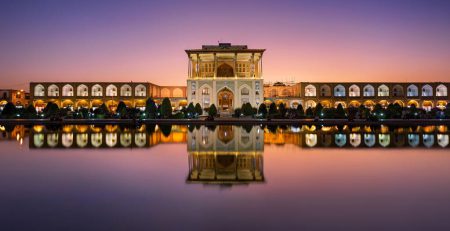

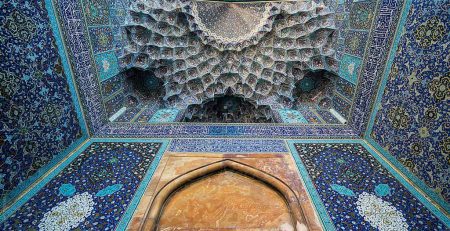
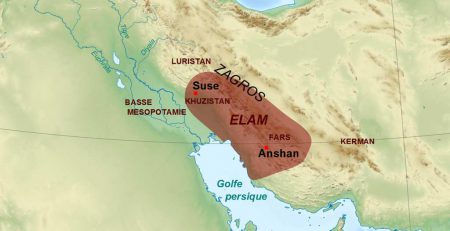
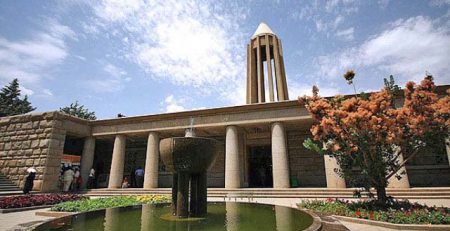
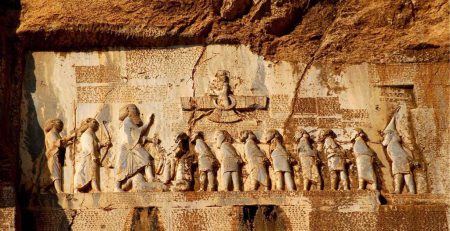
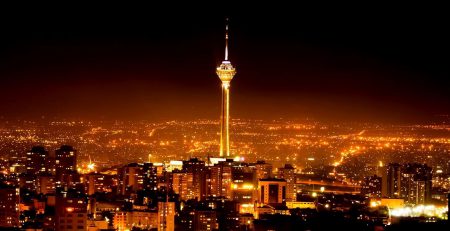
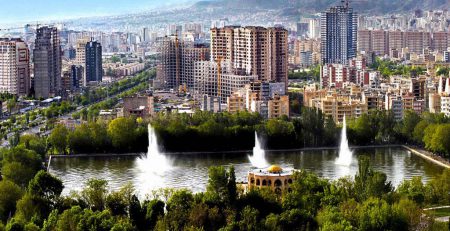
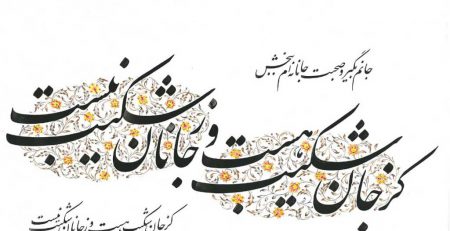
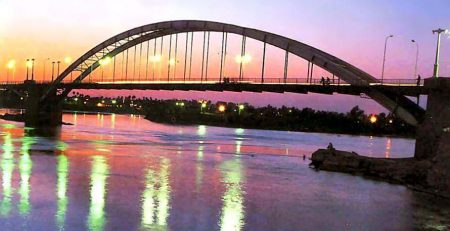
Leave a Reply